Another day of the countdown. This time it’s the ferocious cookie cutter shark. There’s nothing short of remarkably awesome when it comes to these sharks. They are small but also skillful in their ability to sneak up and eat prey much larger. They even have the largest tooth-to-body-length ratio of any shark (including the great white)! Learn more here.
Deadliest shark: Great white vs. bull?

Christmas critter countdown: Christmas tree worm
Admittedly, at this point my kind readers know that I’m a nut over some ocean humor (despite the rolling eyes from loved ones!). So if you’ll indulge me this holiday season I now have a list of twelve ornamental-appropriate organisms. My first one to share is the Christmas tree worm.
The Christmas tree worm, found in tropical coral reefs worldwide, has some amazing spiral plumes (i.e., tentacles) are used for feeding and breathing. The Christmas tree worm prefers to feast on phytoplankton floating in the water nearby. Learn more here.
A bromance in the sea
There’s an eel – the giant moray – that teams up with the roving coral grouper to hunt for grub (i.e., cooperative hunting). The eel is slick enough to slither into crevices and flush out food for a feast. How’s that for a wingman!?
Look at them hitting the scene!
Superlatives of the sea
This past Friday I had a particularly curious and enthusiastic fifth block Oceanography class. All of their questions were marine science related so I broke out some notecards and asked them to write all of their burning inquiries down. I wanted to tackle them thoughtfully … here I am! My students are amazing inspiration and I’m quite grateful to them for some fun reason to get back to writing here.
My most entertaining question was “What’s the most extravagant animal in the ocean?” I mean, there are just so many ways to think on it. I asked on Twitter and got lots of good ideas … Since I spend my days in a high school, I went with some superlative options. These are a few I came up with but I am looking to see what you all might think: Octopus (Most likely to win a Noble Prize in Physics), Frogfish (Most confident), Erect-crested penguin (Coolest hair), Leafy sea dragon (Best dressed), or the Whale shark (Biggest life of the party).
Please send some other suggestions!
Facts about ‘Finding Dory’ friends
Maybe it’s because I’m a full-time teacher now, but my favorite character in Finding Dory is the Sting Ray. I mean, if it wasn’t for the class trip to learn about migration Dory – the blue tang with short-term memory loss – may never had thought about “going home” and the trek to look for her parents may never have happened. She is supported on the journey with Marlin and Nemo – a class act father and son clown anemonefish duo. However, they meet some other amazing new creatures and reconnect with some old friends. Here are some of my favorite facts to share about Hank the Octopus, Destiny the Whale Shark, Bailey the Beluga, Crush the Green Sea Turtle, and – of course, the Sting Ray Teacher!
What are your thoughts on the Finding Dory film? Did anyone catch that Dory should now have been able to speak “whale” because of her friendship with Destiny – given Destiny is actually a fish and not a whale?
A quiz on the geography of the ocean (i.e., oceanography)
I’m joyfully studying for an earth science test this month to teach high school oceanography (one day)! I thought I’d share some fun questions here to test your knowledge. And, here’s an image of features of the ocean floor on the from glogster to help jog your memory!
1. The deepest ocean is the
A. Pacific
B. Atlantic
2. Which feature is formed where oceanic plates are separating?
A. submarine canyon
B. rift
3. Which of the following describes a seamount?
A. underwater mountain range
B. isolated mid-ocean volcano
4. A small area of ocean that is partially surrounded by land is called a(n)
A. sea
B. continental shelf
5. A large flat area on the ocean floor is called a(n)
A. rift valley
B. abyssal plain
Comment your answers below (or Facebook or Tweet ’em!)! All correct answers will be dropped into a raffle at the end of the month for a copy of 10 Beachcombing Adventures: A guide for investigating the Atlantic coast shoreline.
20 reasons oysters are awesome
O-Y-S-T-E-R! Happy National Oyster Day! There needs to be much love for the oyster. These creatures are delicious, sustainable, and help the environment. Maybe we need more than just one day to celebrate this bivalve? If you don’t believe me, here are over 20 reasons oysters are awesome:
- Oysters spawn during the summer months and therefore tend not to be as tasty. This is the epitome of the old wives’ tale on why “you shouldn’t eat oysters in months that don’t end in ‘R’.”
- Another reason this adage has prevailed is that oysters are much better when cold and do not taste that good when in the heat.
- Oysters can change their sex. They can produce both semen and eggs.
- Oysters have been known to live up to twenty years in captivity.
- When oyster larvae attach to a hard material, a vital part of their life cycle, they’re called “spat.” Two to three years later they are considered adults.
- The habitat of the Eastern American oyster (Crassostrea virginica) extend from Canada to Argentina.
- Even though there are countless (and delicious) varieties of oysters there are only five species. These species are the Pacific oyster (Crassostrea gigas), Kumamoto oyster, European flat oyster, American (i.e., Eastern) oyster, and the Olympia oyster. The shells of the five species are truly what sets these species apart (other than the geographic region they are most often found). The American is pretty familiar with its large size and comma shaped shell. The Olympians have a small, round, pale shell with lustrous coloring. The Kumamotos have a round, pale shell as well but not as much of a smooth shell. The European flat has fine ridges around its large, straight shell, and the Pacific are small with wavy shells. In fact, the same type of oyster can taste different contingent on where it was raised.
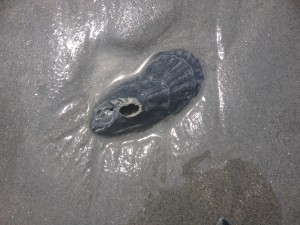
- Sometimes a bacteria that commonly grows along coastal environments where oysters are found known as Vibrio vulnificus can infect the oysters. This would leave to that “bad oyster” that might make you sick.
- One very common misunderstanding of the oyster is that they are an aphrodisiac. However, it’s really just their significant amount of zinc. Zinc is a mineral that will boost your energy and therefore can boost your sex drive. Other benefits of zinc are that skin will improve and make your bones stronger.
- Oysters also have immense amounts of omega-3-fatty acids which can sharpen your memory, lower levels of depression and heart disease, as well as a host of other benefits.
- Oysters also have lots of vitamin A, C, D and B-12.
- Even though Boticelli’s “The Birth of Venus” has Aphrodite rising from the sea on a scallop shell legend has it that the Goddess of Love, Aphrodite, emerged from the sea in an oyster shell.
- In the 17th century, New York City was covered in oyster beds and were very much enjoyed by the native Lenape Indians. Eventually, by the 19th century, the oysters were so plentiful that raw oysters could be purchased from the street vendors. There was even oyster saloons with all sorts of methods for consuming oysters.
- Most pearls found in jewelry are from clams and mussels – not oysters. Although, there are also actual pearl oysters which are from a different family of bivalves.
- Oyster mushrooms and black salsify, also called “vegetable oyster”, actually taste like oysters.
- Oysters are a crucial member to the aquatic communities. Not only do they gobble up lots of algae (think of your back bay becoming a dirty fish tank without them), but they are crucial as natural filter feeders. Oysters filter approximately 30 to 50 gallons of water a day removing excess nutrients and allowing shrimp, clams, crabs, and snails to flourish. The cleaner water also enables more seagrass to grow creating more habitat for fish.
- Oysters grow on top of one another as an oyster reef. These huge substrates are imperative for soil erosion and shoreline stabilization.
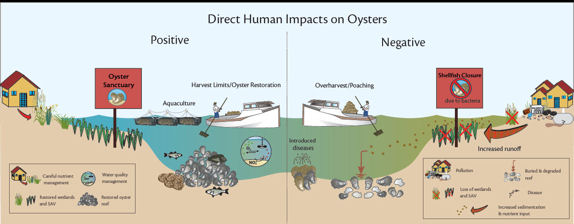
- If you bring home oysters for your next bake be sure to recycle the shells close to home. The shells of the oysters are extremely rich in calcium and can help balance the pH of the soil as well as add nutrients to your garden. Fertilizer fresh from the sea!
- Oyster farms, unlike other types of fish farming, can greatly enhance the health of nearby waterways. Not only do they tend to munch on pollution (yes, they’ve been known to help out Big Oil), but if the oyster were to escape it isn’t in danger of becoming an exotic species.
- While it’s all well and good that farmed oysters can do a lot to help water quality … natural oysters reefs are just as vital. Unfortunately, 85% of the global oyster reef population has been lost.
- In the Chesapeake Bay an estimated 2,600 acres of oyster beds are lost each year because of runoff and silt. On the Pacific coast invasive crabs and snails are destroying natural oyster beds.
- Not only are oyster reefs vanishing, but the ones that remain are just not as strong due to ocean acidification (i.e., climate change for the sea).
- There are many organizations along the Atlantic coast that are looking for volunteers to help adopt and raise oysters. If you don’t live on the water volunteers are still urged to build oyster reef substrates or oysters mats.
Resources: Food Republic, NOAA – Cheasapeake Bay Office, Organic Life, Oyster Recovery Partnership.
Wednesday Wisdom: Albert Einstein
Find more great ocean and conservation quotes here and please feel free to share with your friends and family!
Also, ask away! If you have a question about something you found on the beach or just something you’re curious about just send an email to info@beachchairscientist.com or tweet us!
Are we breaking up with Mother Nature?
Has it gotten to the point that when you do connect with Mother Nature it seems like an awkward hug? It’s been said time and time again that we’re better off taking a step away from technology to reconnect with Mother Nature as a regular part of our daily lives.
The benefits of establishing a relationship with Mother Nature are tremendous. Kids will grow more confident and be better critical thinkers when they are trusted to play outside and explore, their vocabulary will increase exponentially once they’re not staring at a television set for more than two hours a day, Americans of all ages will not be as obese or depressed if we get off the couch and get outside. But, as we know from the countless authors that have documented the benefits to getting outside and into nature (Louv, Ratey, Sampson) there are also significant challenges. Isn’t that always the case when one is reconnecting with a long-lost family member?
There are so many reasons not to bother. I hear quite often that, actually no – strike that … I find myself saying these things all too often … “The modern suburbs are designed with cars in mind.” “It’s a different world than when I was a kid and there is increased risks with having your children wander off.” “I live somewhere that is quite different ecologically than where I grew up and I am scared of the unknown.” “I work full-time outside of the house and the weekends are fairly structured.” National Wildlife Federation has even been posting recently how “we are a nation of people who are afraid of the outdoors.” But, the authors I mentioned above aren’t pulling this out of thin air and aren’t specifically talking about the importance of nature’s impacts on children.
Who am I kidding though? Like any relationship … reconnecting cannot be forced. However, it is going to take initiative on our part as parents. I plan to do it with lots of baby steps. If you, the reader of this post, are inspired to get outside and let go more there is a high likelihood that curious little minds will follow. And, in an effort to spark some motivation here is a listing of some fun ways to wander through a favorite secluded spot.
What are some of your challenges in getting outside and wandering aimlessly? Where are your favorite spots to wander?

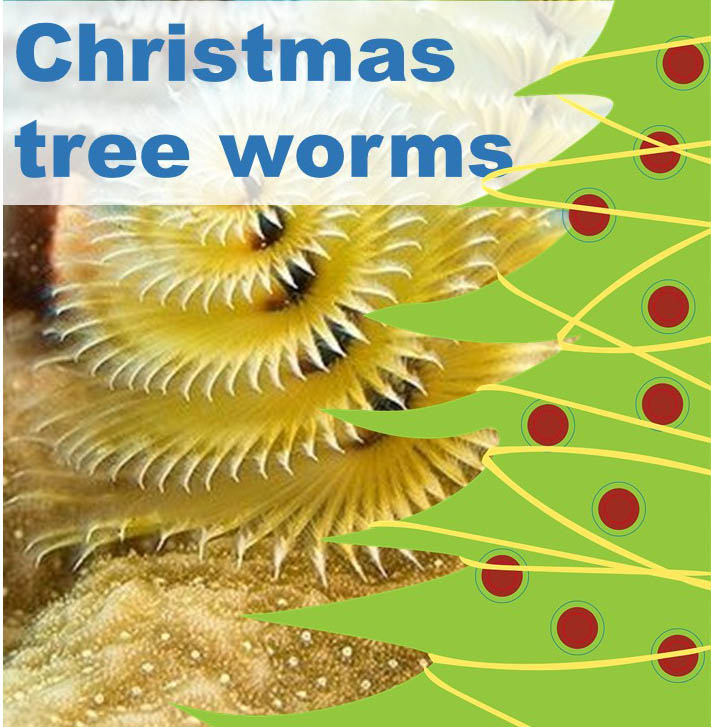
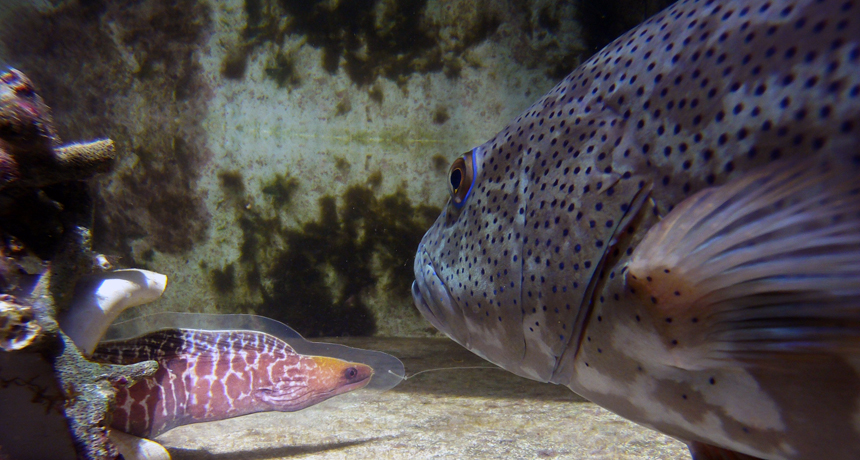

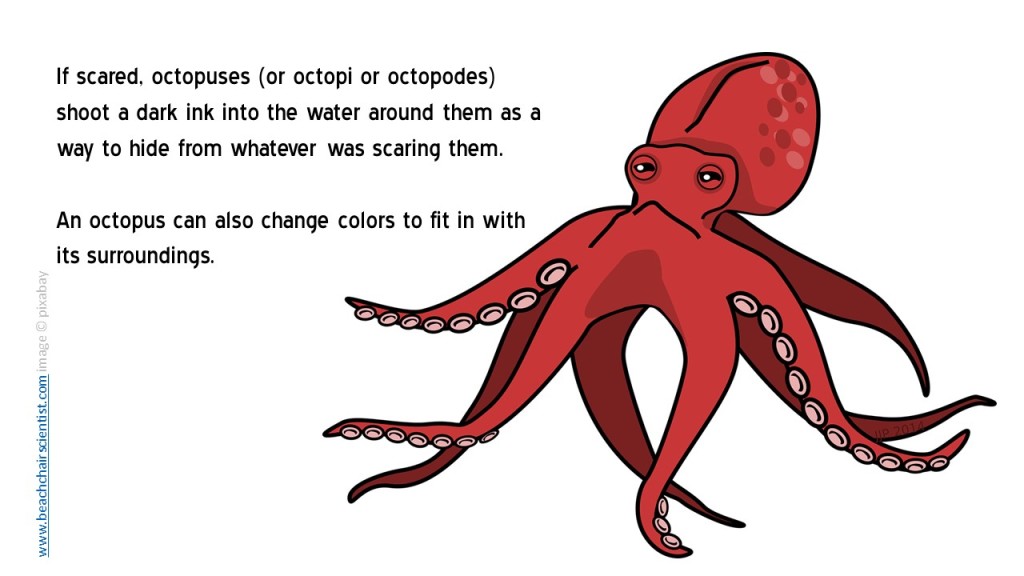

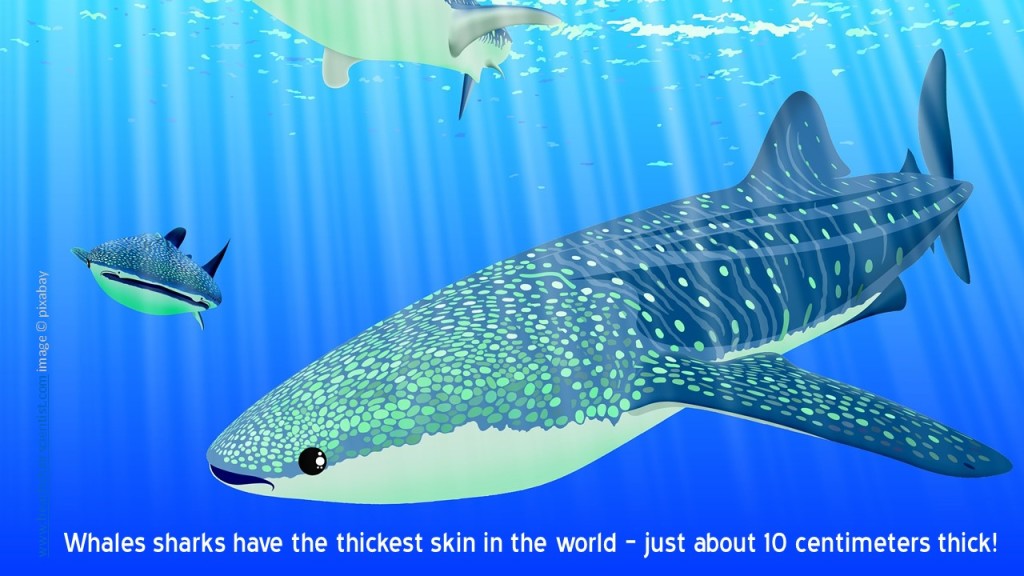

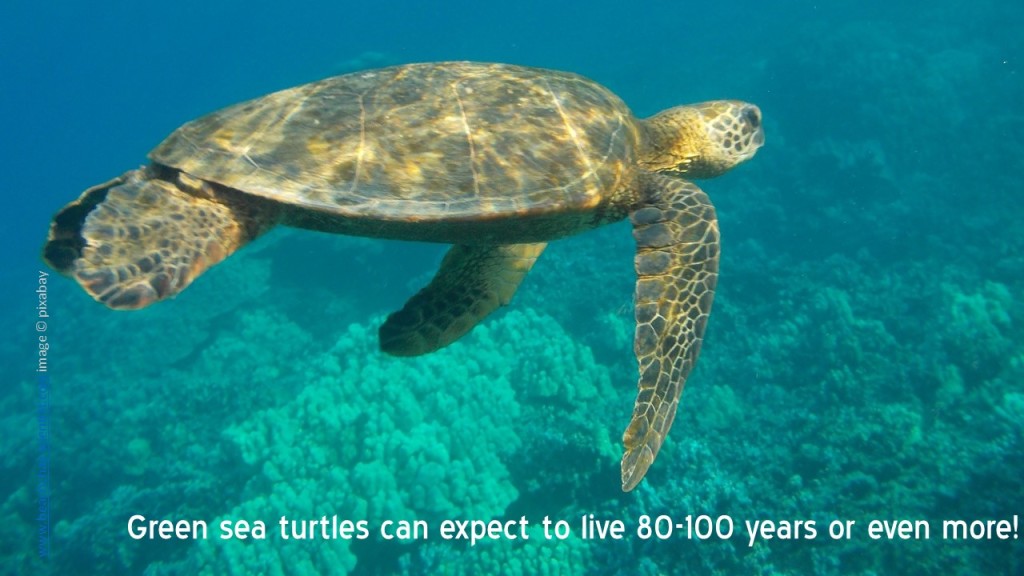

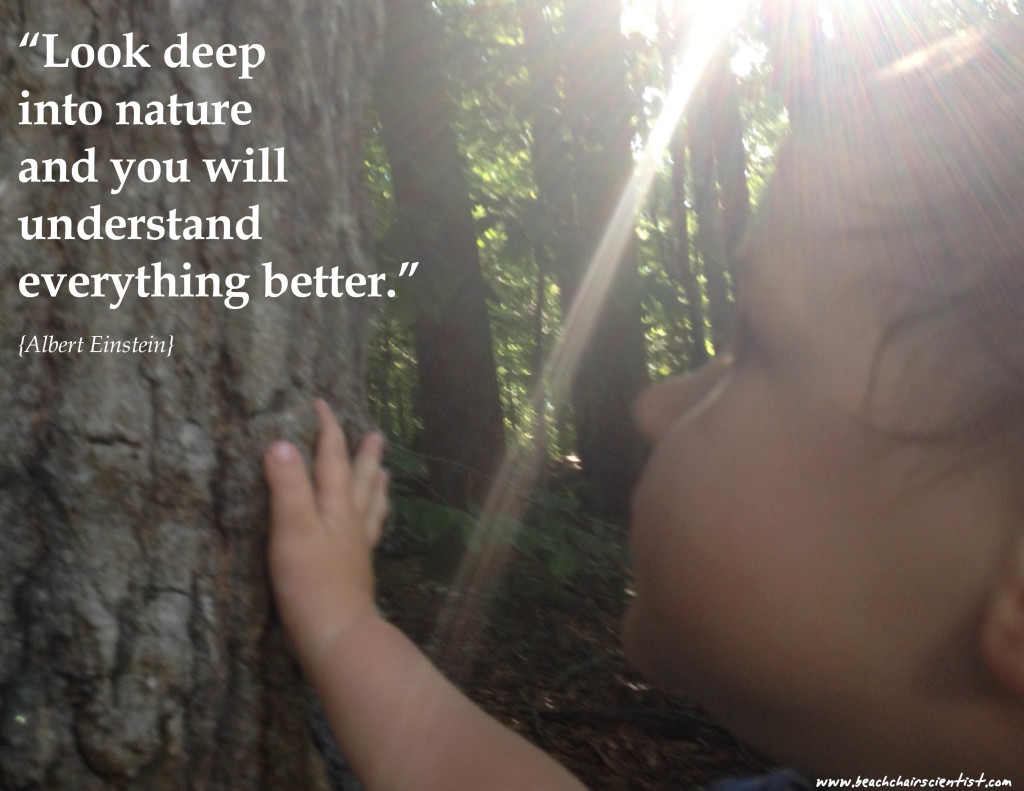
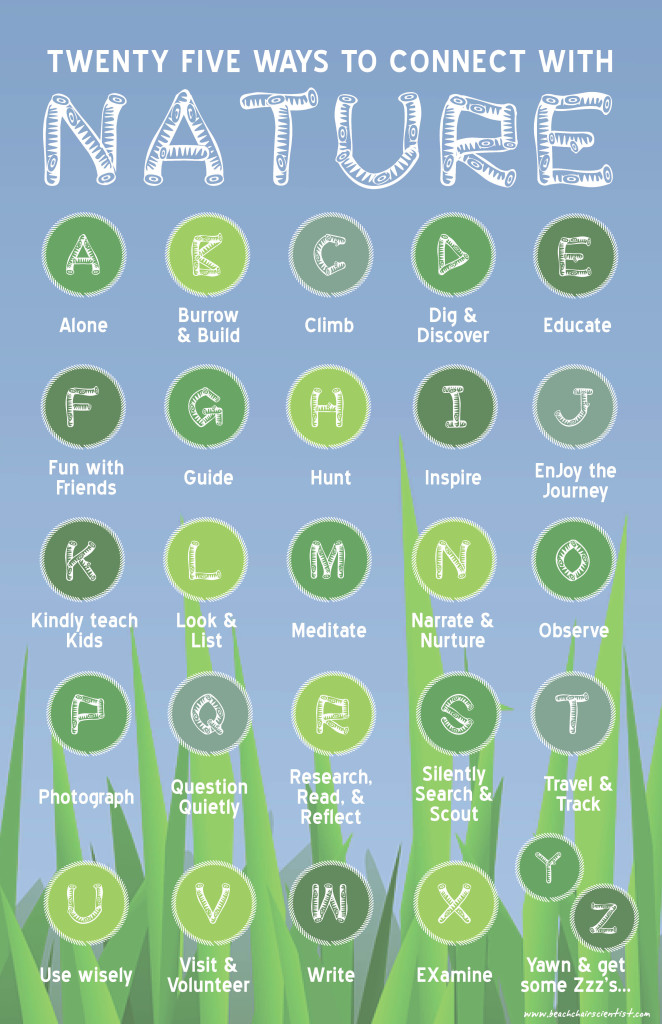







What people are saying …